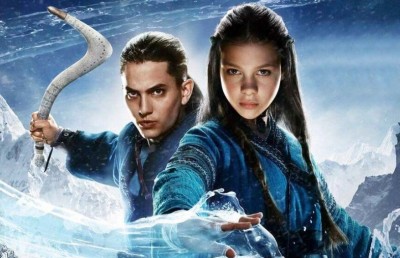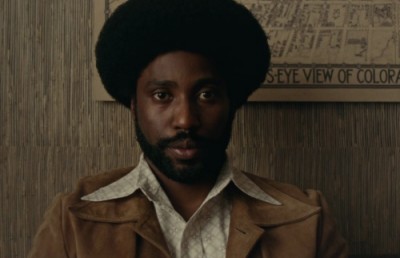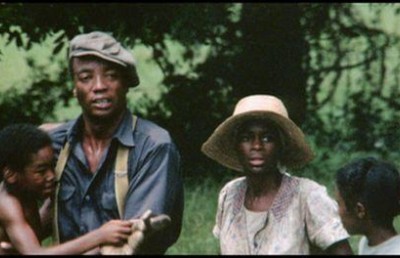Do the Right Thing (Spike Lee, 1989): Still Relevant
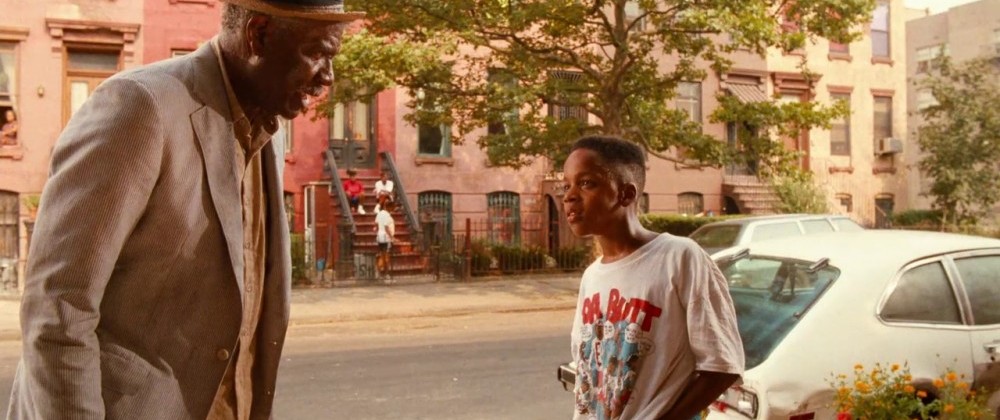
Do The Right Thing is a stylized movie that falls under the heading of American Independent Cinema, a film written and directed by Spike Lee, a provocative African American filmmaker and graduate of the second film school generation (NYU, early 1980s). Lee’s first feature film is She’s Gotta Have It (1986), also a controversial movie whose directors’ cut includes a lovemaking scene with naked bodies and which the MPAA initially rates as X, but later downgrades to R after a recut. Spike Lee’s second feature is even bolder and more controversial than his first, School Daze (1988) probes the issues of South African “apartheid” and the attitudes of the African American toward it; but mostly, it speaks outwardly about the inbred prejudice that exists among the blacks concerning the lightness and darkness of black skin tone which Lee opens to debate on the level of social and economic positioning in a white-controlled American society. Even though Lee’s movies are politically charged, his films have been categorized as topical, dealing with matters of current interest (BlacKkKlansman being a good recent example).
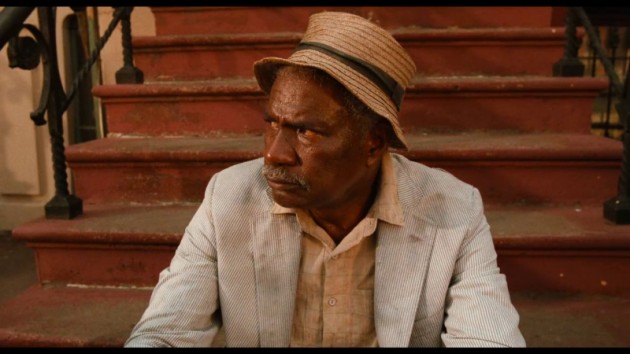
Da Mayor
Lee’s third feature is Do The Right Thing (1989), a film that examines the lives of various people during one day in a small, racially mixed community in Brooklyn, New York. At one level, the film is about an Italian pizza parlor owner who has to cope with local patrons who are interfering with his efforts in running his ristorante; while at another level, it is a penetrative look at the African American community from a black perspective, an insider point-of-view (Mookie’s POV, the character played by Spike Lee) that exposes the collaborative efforts and contradictory attitudes of the folks in this neighborhood. On the surface of his film, Lee appears to engage issues of race in America but his efforts stay, for the most part, away from social class and interracial issues. A little deeper still, Lee seems to address intra-generational issues that exist between the young and the old, such as the degree of activism in the community’s black politics (e.g. Martin Luther King’s passive resistance vs. Malcolm X’s active approach) or the ongoing family debate between the Italian father, Sal (actor Danny Aiello), and his older son, Pino (actor John Turturro), about selling the restaurant and moving to a more affluent neighborhood. But Lee’s investigation of such complex systems of communal and racial socio-economics goes much deeper than mere politics or familial patriarchism because he believes that any understanding of such problems must come from the study of the individual personalities which make up this community. Lee’s creative energy is focused on modes of characterization which are able to transcend the limited perspectives of race and economy, allowing him to develop different characters that speak to a greater humanity and in turn, allowing the spectator (whomever he or she may be) to feel a greater sympathy and/or apathy toward the lives of these varied people. Thus, Lee is able to capture the whole range of different voices in both the black-African, white-Italian American and (less so) Latino communities.
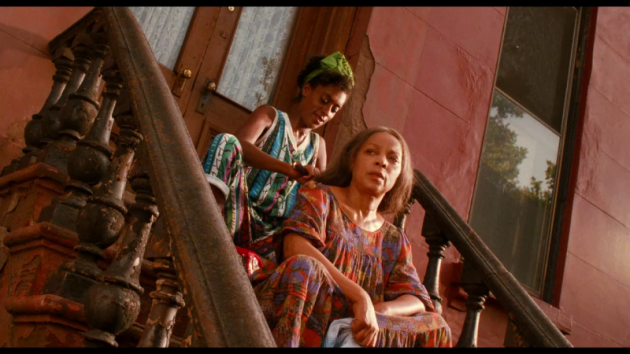
Jade & Mother Sister
Spike Lee takes aesthetic risks; for example, his choice of the rap song “Fight the Power” (performed by Public Enemy) for the musical soundtrack of Do The Right Thing, a decision which comes at a time (late 1980s) when radical relationships are being formed between some rebellious artists and the popular “Hip-Hop” culture. In fact, a certain critical article calls it a “Sesame Street” movie with interlude music and very little lessons. And there is the questionable decision of choosing to cast himself to act in his own work. Do The Right Thing tries a lot of aesthetic pathways to achieve its unique film-form and is not a film that focuses just on content. It avoids simply becoming a polemic debate by approaching cinematic problems from various perspective (narrative, stylistic, aesthetic [realism vs. non-realism], … etc.). Lee utilizes a film form that fuses style with content in order to address the various issues under scrutiny; and he does so especially with the actors. For instance, there is the position of the older character, Da Mayor, played by Ossie Davis who was an active member of the black civil rights movement during the late 1950s and 1960s; and in marked contrast, there is the very different position of the younger characters, such as Buggin’ Out (Giancarlo Esposito) and Mister Senor Love Daddy, played by Samuel L. Jackson. While it appears that Mookie’s POV dominates the director’s voice, there is still an ambiguous position taken by Lee in terms of the weighted value placed on the different character personifications which develop in the film. Moreover, Do The Right Thing (“A Spike Lee Joint”) is ambiguous in terms of its position as an “independent film” because Lee’s production company, 40 Acres and a Mule, in conjunction with Filmworks and the Columbia Film Corporation, produces a definite “studio film” with this work. Bryan Singer, another independent filmmaker, says that it is very rare that a filmmaker will self-finance his own projects, especially once he has made his first feature after which, it becomes imperative for the filmmaker to get into the big-time production system, a move that may affect the type of films that get made. In general, independent film productions have been more willing to move into controversial areas of content and form during the last 30 years.
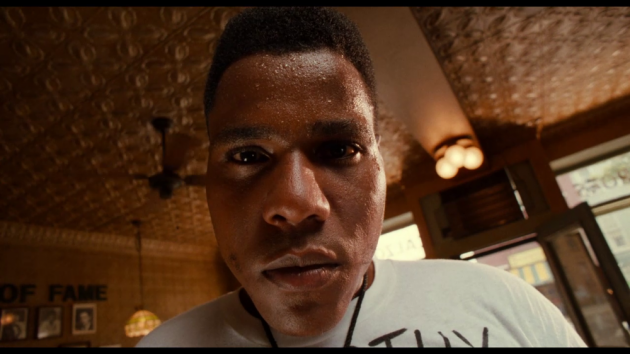
Wide Angle Aesthetics
So what are the cinematic issues when analyzing Spike Lee’s Do The Right Thing? First, we’ve seen earlier the question of polemics, that is, does it work as a film or just as an argument? Thus, the viewer seems to find themselves in a constant dialogue with the film because there is a continual sway in the film’s structure (like a building’s response to seismic tremors), a movement that propagates “back-and-forth” through the narrative, representing a change in the film’s position (i.e. director’s voice); and in fact, this observation signifies that the film is acknowledging its own construction (like the infamous direct camera address racial slur montage). So there is no strong POV in this film since it does not paint everybody as either black or white; moreover, this confused authorial position complicates the spectator’s relationships with Sal and Mookie. But as the narrative construction shifts around and as the film slowly progresses, there is an emerging “wake-up” call (opening words by Senor Love Daddy) resonating within this textual ambiguity, that is, the incontrovertibility of the inequities of the American power system as exemplified in the killing of Radio Raheem (actor Bill Nunn) which occurs at the end of the film.
Filmmakers are not sociologists nor political scientists even though they deal with massive populations in terms of mass art. And since they generally know that films cannot change people’s minds, one of their objectives is to get the people talking about the relevant issues (e.g. the Rodney King incident which occurred in Los Angeles a few years later). Spike Lee is not a “thinker-filmmaker” but more of a “feeler-filmmaker” who concentrates on acting and dialogue that somewhat parodies methods first developed in John Cassavetes’ style of emotional pyrotechnic performances.
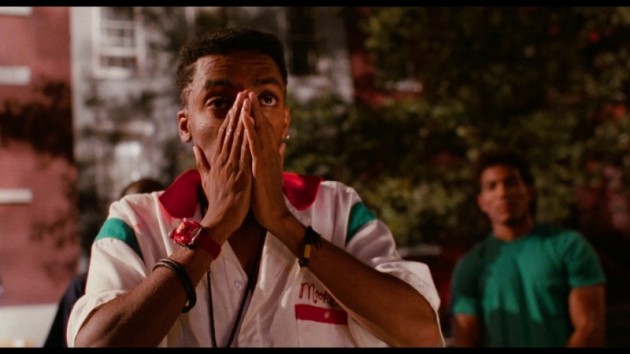
Mookie
Do The Right Thing develops into an unusual situation as the spectator begins to sympathize with Mookie, a human being who happens to be a questionable employee and an irresponsible father, and ending in the violent aftermath following Sal’s restaurant destruction after the senseless death at the hands of the police of Radio Raheem. Lee delivers a two plate meal to the audience, one filled with injustice and the other emptied of any simple solutions. He does not offer us simple solutions or coherence, but instead he surrenders to the emotions of the moment which still have great impact on the audience. What are the reasons for all the emotions? The answer comes in the form of other questions since the film raises the confusion associated with two principle perspectives, that is, between two different character POVs (i.e. Sal’s and Mookie’s); for instance, when do you follow the path of non-violence? Or when do you use self-defence or active resistance?
Spike Lee is selective in his approach to the figuration of his characters; in fact, there are many figures of the Malcolm X icon present in it, and for this reason, it works simultaneously on both emotional and cerebral levels. As mentioned earlier, this movie is not a critique of the lopsidedly white social class structure presently in place in America nor is it a coherently political film; but instead, it is uses different levels of incoherence to stimulate ways to talk about such debates as the large disproportionality of black men in prisons or the huge number of black single parent kids.
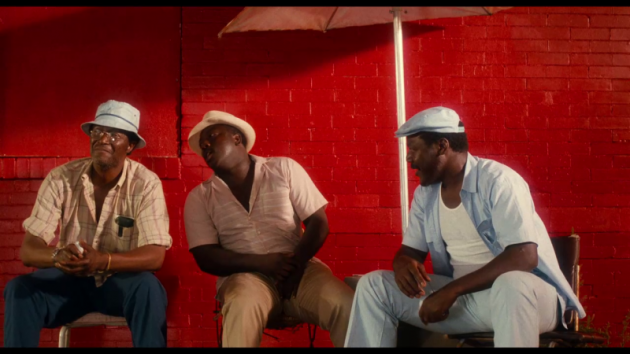
Spike Lee’s film style is intentionally strong, driven by a creative imagination and a clear knowledge of the unity of time and place. Do The Right Thing is theatrically semi-classical in style while it is aesthetically modern in its reflexive awareness. Lee is more interested in the stylistic exploration of the exterior facades of his characters than in the intellectual study of the factors that interiorize them. Ernest Dickerson’s cinematography determines the non-realistic look of the film which becomes an important part in Lee’s semi-expressionistic style. Dickerson creates an artificially bright and colored world that is purposely confusing. He also uses very wide angle lenses (for the purpose of spatial distortion) in certain shot/reverse shot combinations where the line-of-sight between the camera and the subject is obliquely mismatched or distorted upon reversing the shot, adding to the characters’ confused perspectives as it affects their subjective POVs, reflecting the disjunction between the two factions in conflict (i.e. Sal and Mookie).
There are many ways in which Spike Lee represents his characters within the context of his film; for instance, Da Mayor and Mother Sister (actress Ruby Dee) are presented to the audience with music similar to the work of Aaron Copland (American composer born in Brooklyn in 1900), referencing at the same time music, film and civil rights histories since these two actors have gone through the desegregation efforts of the late 50s and 60s. There is also the ambiguous triangular relationship that develops between Mookie, his sister and Sal, strongly perverted by Mookie’s sexual innuendoes concerning the flirtatiously bilinear relationship between Sal and his sister. Moreover, Lee defines Sal as a patriarchal racist who is proud of his famous pizzeria and the fatherly service it offers to his racially mixed clientele.
Do The Right Thing is still a young person’s movie, a point that is immediately made clear at the beginning of the film when Tina (actress Rosie Perez) dances wildly against a set of colorfully stylized street backdrops. She performs an ecstatic display of aerobic sensuousness, directly to and for the benefit of the movie-going audience; indeed, we see her sweat on the hottest day of the year, gesticulating her entire body in violently repetitious back-and-forth movements, her corporal cadence jerkily setting the punishing pace that is filled with sinuous riffs and muscular spasms. There is no doubt that “physicality” and “repetition” are important constructive devices in Lee’s narrative strategies. He patterns his film from the sampling techniques used in the repetitive and rhythmical intonations of early “Hip-Hop” rap-music. Moreover, Lee often has his actors repeat their actions which he presents as a series of repetitive shots; for instance, when Mookie kisses Tina several times in a row or when Mookie throws the trash can, more than once, through the front window of the pizzeria. Thus, a postmodern aesthetic is at work in Do The Right Thing, just as it is in Lynch’s Blue Velvet from three years earlier; and in fact, “repetition” is not the only feature that attests to this since “intertextuality” also surfaces in the film. It is observed most eloquently through Radio Raheem’s brass knuckle re-enactment of Preacher Harry Powell’s parable of Right-Hand-Left-Hand, the struggle between LOVE and HATE [ref. Charles Laughton’s The Night of the Hunter (1955)]. The film is constantly referencing popular culture; for instance, at one point we see three black men in chairs, lined up beside a bricked wall of a building, having a conversation about the controversial boxer, Mike Tyson. What is interesting about their discussion is the “language” that they use, a kind of slangy street poetry which appropriates the vernacularized sounds of the streets, another point of evidence supporting Lee’s postmodern position.




